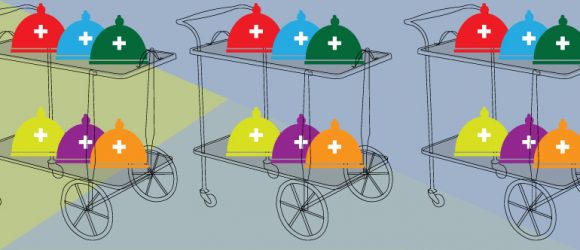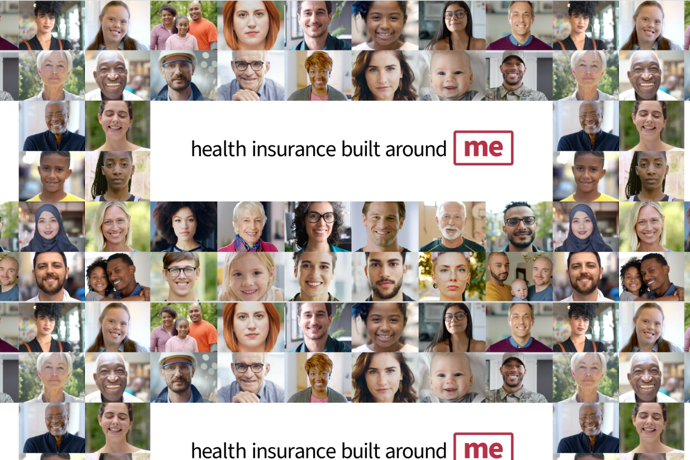Health Transparency Tools Benefit Payers, Providers and Consumers

In a recent interview with Employee Benefit Adviser, Shub Debgupta, founder and CEO of WiserTogether, discusses the importance of what he calls “health transparency tools” – tools that help consumers find the best healthcare based not just on cost, but on other options that matter, too. These options include things like treatment efficacy, clinical evidence available, accessibility/location and health insurance coverage, among others – all considerations that should be taken into account along with cost.
Debgupta’s thinking draws an important distinction regarding “transparency” as a term being used in discussions about post-ACA healthcare and the new, “empowered” healthcare consumer: healthcare transparency isn’t just about sharing and providing cost information. It’s also about sharing and providing information that allows consumers to be fully informed decision-makers.
What this means for payers and providers
As Debgupta points out, employees are inheriting more of the burden of paying for their healthcare as their employers battle with increasing healthcare costs. This means that many employers are now offering high-deductible plans that are, by their nature, much more consumer-driven than plans that don’t include deductibles. To help their customers make the best financial and health-related decisions, insurers would be wise to offer health transparency tools as a service to their members.
Health care providers, too, have a role to play. Physicians, surgeons and other medical personnel can do their part to empower consumers and keep costs down by better educating their patients on their treatment and medication options, as well as the costs and risks involved with certain procedures over others.
Payers and providers utilizing transparency tools have an opportunity to help consumers
- find and compare price, quality rankings, accreditations, online reviews and patient testimonials;
- navigate health plans, including how to utilize coverage to meet their specific needs;
- learn about provider services, policies and other resources; and
- understand the billing and payment processes.
How good marketing can help
Health transparency tools are only useful if people know about them. Payers and providers should see these tools as a selling point for their respective businesses and figure out how to best communicate the benefits – and existence – of these tools to their consumers, and to each other. Indeed, how these tools are positioned can make all the difference in whether a consumer finds them valuable. For example, health transparency tools could be marketed as:
- accessible anytime, anywhere,
- easy to navigate,
- personalized/customizable,
- fully integrated with the benefits package/design,
… and whatever else might be relevant or true about the specific tool being used.
In his interview, Debgupta states the following: “We don’t need more healthcare information. We need healthcare information that matters.” The “we” he is referring to is anyone who has to make important decisions regarding his or her health care… which means, basically, almost everyone. This is a huge opportunity for both payers and providers to offer real value – to help ensure better and lower-cost healthcare for all.









